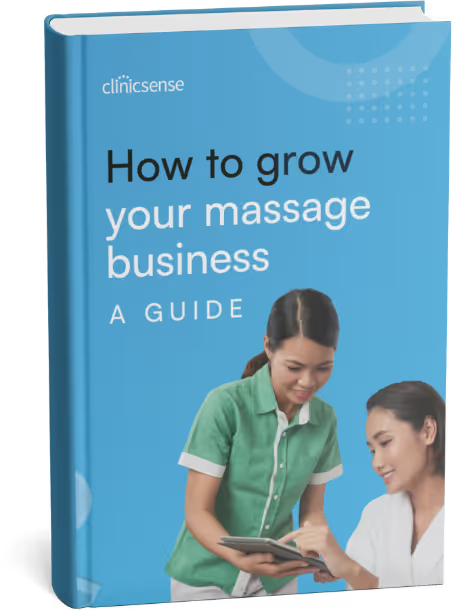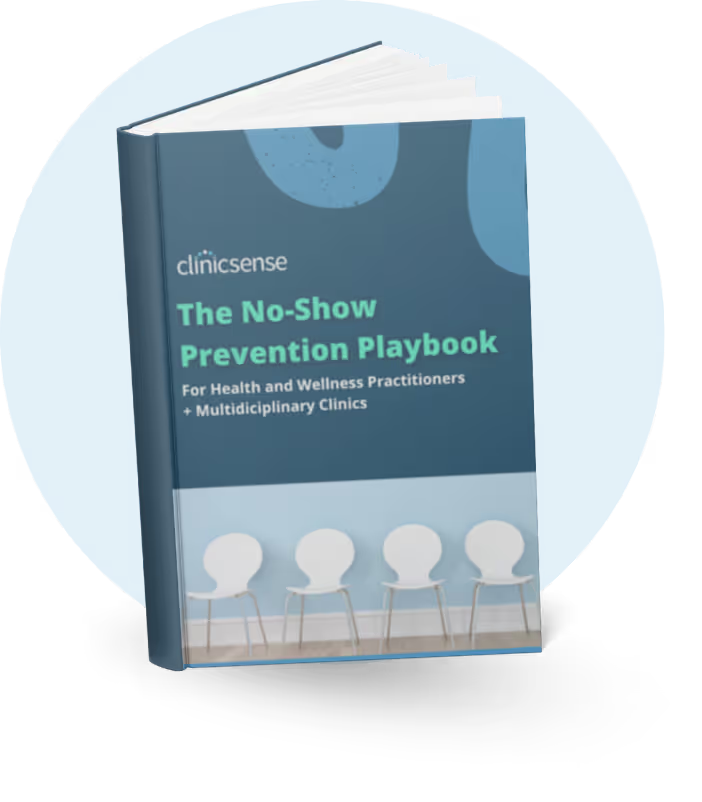Holistic Medicine Business Tips
May 28, 2024

Exploring different types of acupuncture allows practitioners to specialize in specific techniques and patient needs, enriching their practice and expertise. Whether you're considering a career in acupuncture or seeking to expand your knowledge, understanding these specialties will help.
In this article, you'll learn about:
As we delve into the nine distinct acupuncture specialties, you'll discover how each offers unique approaches to healing and wellness, aiding you in determining which specialty aligns best with your practice or personal goals.
There are various acupuncture specialties. Each style has its own unique technique and focus. Common types of acupuncture include:

Let’s take a closer look at each type of acupuncture as a specialty and as a method of treatment.
Traditional Chinese Medicine (TCM) Acupuncture is the most widely practiced form of acupuncture. It involves the insertion of thin needles at specific points along the body's meridians to balance the flow of Qi (energy). This method is holistic, considering physical, emotional, and environmental factors to diagnose and treat various health issues.
Western Acupuncture, or Western Medical Acupuncture, adapts traditional Chinese acupuncture to modern medical science, focusing on anatomy and physiology instead of Qi and meridians. It prioritizes neurological stimulation over specific acupuncture points and is mainly used by healthcare professionals to treat musculoskeletal and postoperative pain, as well as nausea.
Auricular Acupuncture, also known as Ear Acupuncture or Auriculotherapy, involves stimulating specific points on the outer ear to treat various health conditions. Based on the concept that the ear mirrors the entire body, this technique is used to manage issues like pain, addiction, anxiety, insomnia, and digestive problems. It is often combined with traditional body acupuncture within Traditional Chinese Medicine (TCM) practices.
Electroacupuncture modernizes traditional acupuncture by applying a mild electric current between inserted needles. This method integrates modern technology with ancient practices, offering a contemporary approach to pain and inflammation management. Specializing in electroacupuncture allows practitioners to expand their therapeutic options with a technique that combines innovation with traditional healing.
Scalp Acupuncture is a modern acupuncture technique that combines traditional Chinese methods with an understanding of brain anatomy and physiology. By inserting needles into designated reflex areas on the scalp, this practice aims to influence brain functions and treat neurological conditions like stroke, Parkinson's disease, multiple sclerosis, and migraines.
Sports Acupuncture is a specialized field of traditional Chinese acupuncture focused on treating sports-related injuries and enhancing athletic performance. This approach specifically targets pain relief, improved mobility, and faster recovery for athletes, using precise acupuncture points and specialized techniques like motor point acupuncture. It uniquely blends traditional Chinese medical principles with modern sports medicine, providing a natural and non-invasive treatment option that complements conventional therapies.
Master Tung Acupuncture is a distinct and specialized system of traditional Chinese acupuncture developed by Tung Ching Chang, known as Master Tung. This system features its own set of channels, unique points, diagnostic techniques, and needling methods that differ from the traditional 14 meridian system, instead based on a 5-zang (6-fu) channel system. Master Tung's acupuncture is celebrated for its clinical efficacy, simplicity, and ease of use, and acupuncture techniques including holographic imaging and multiple needle insertions, primarily in the extremities.
Korean Acupuncture is a unique form of traditional acupuncture within East Asian medicine, characterized by its distinct theories and diagnostic methods. It includes specialized systems like Saam, Taegeuk, and Eight Constitution acupuncture, which tailor treatments based on individual constitutional energy traits. The approach primarily focuses on analyzing patients' constitutional energy rather than the traditional Chinese meridian system. Korean Acupuncture is noted for its strong clinical focus, particularly in areas such as neurological disorders, pain management, and stroke rehabilitation.
Acupuncturists can choose to treat a broad range of conditions or specialize in specific areas. Specializing allows practitioners to develop deep expertise in particular conditions, enhancing their proficiency and effectiveness in those areas, which can be beneficial for both the practitioner and their patients.
You can market your acupuncture offerings effectively by highlighting your unique specialties, sharing patient success stories, and maintaining a strong online presence with an informative website and active social media. Networking with healthcare providers and offering workshops can also attract more clients.
The use of marketing and communication tools can enhance the efficacy and efficiency of your marketing plan. Educating your current and potential patients about the benefits of acupuncture and your unique skill set can help motivate them to be proactive about their own health - and get them talking about you to their friends and family.

Email marketing can effectively promote your acupuncture practice, helping you stay connected with clients and share important updates or educational content. Regular newsletters and targeted promotions can encourage referrals and improve patient retention. By using strategic email campaigns to highlight services and special offers, you can get more patients and keep your practice thriving.
Creating quality content is essential for engaging your audience and encouraging them to read and share your materials. Tailor your content to address common concerns or questions related to acupuncture, offering practical advice, latest findings, or success stories that resonate with your readers. Ensure the information is accessible, using clear and concise language and visually appealing formats. Adding interactive elements like quizzes or infographics can also enhance engagement. Consistently delivering high-quality content establishes your expertise and builds trust, encouraging readers to share your material and ultimately expanding your reach.
Optimizing your acupuncture website is simpler than you might think. Ensure your site is easy to navigate and clearly displays your services, credentials, and contact information. Integrate an online booking system to streamline appointment scheduling. Featuring client testimonials can also build trust and credibility. For local visibility, set up a Google Business Profile; it helps people find your practice and allows you to collect Google reviews. These straightforward updates can significantly improve your website's appeal and functionality for potential patients.
Networking with other professionals is a powerful way to grow your acupuncture practice. Establish connections with local healthcare providers like doctors, chiropractors, massage therapists, and physical therapists. These relationships can lead to referrals and collaborative opportunities that benefit your patients. Attend local business events, join professional associations, and participate in community health fairs to meet potential referral sources. Regularly engaging with these networks not only increases your visibility but also enhances your reputation as a knowledgeable and trusted practitioner in your community.
Advertising is a key strategy to attract new clients to your acupuncture practice. Consider promoting your services through various channels such as local newspapers, radio stations, or online platforms like social media and Google Ads. Highlight special offers, such as treatment packages or a free consultation, to catch the interest of potential clients. Well-crafted ads that emphasize the benefits of acupuncture and the specific advantages of choosing your practice can significantly boost your client base. Advertising treatment packages not only provides value but also encourages longer-term commitments from clients.
Clinic management software is an invaluable tool for acupuncturists, streamlining how you schedule and manage clients, create and maintain SOAP Notes, and handle invoicing and treatment packages. It also enhances your marketing and communication efforts, integrating seamlessly with strategies discussed earlier in the article, such as email marketing and website optimization, to boost practice efficiency and patient satisfaction.
Your practice will grow as you develop your skills, no matter what type of acupuncture you practice. Software will make the growing process smoother. Try our SOAP Note free trial to experience the benefits of using ClinicSense in your acupuncture practice, risk free.


.avif)
.avif)
.avif)









For 14 days